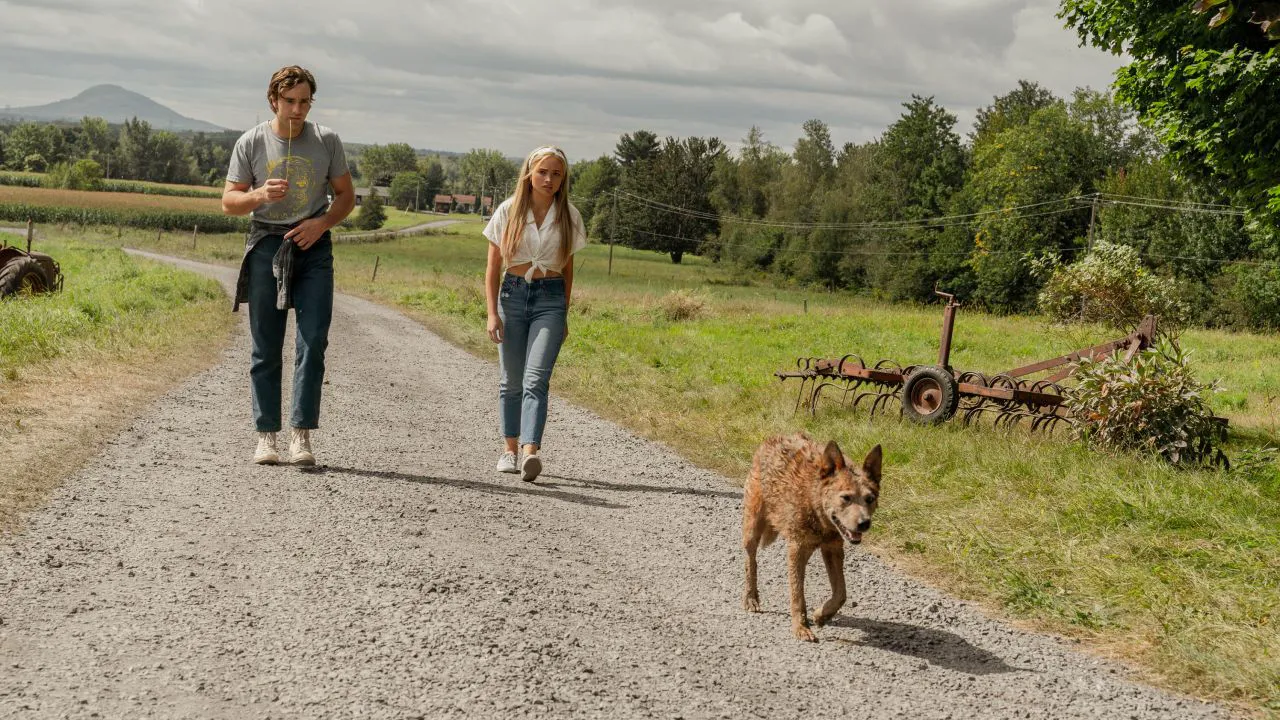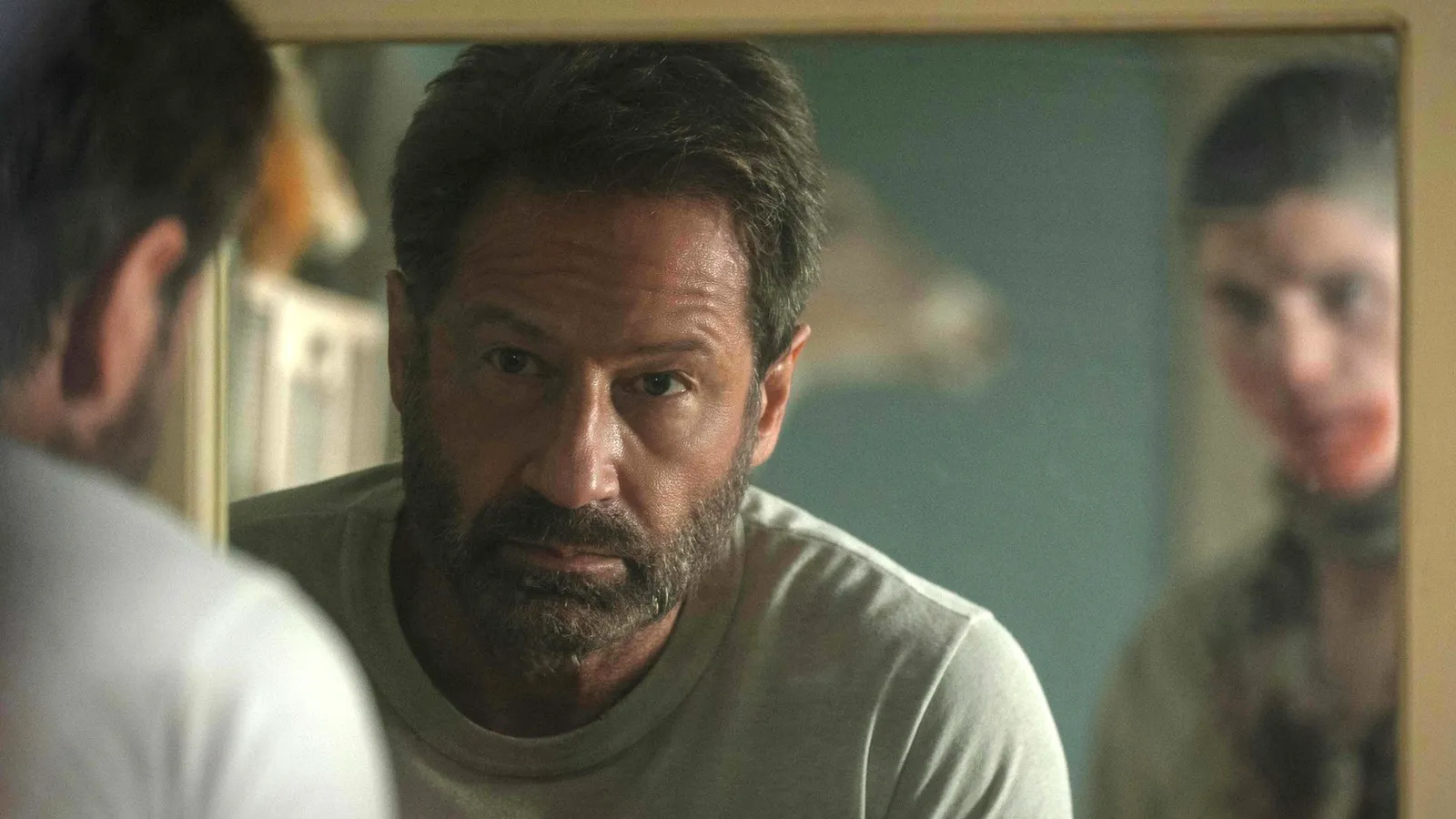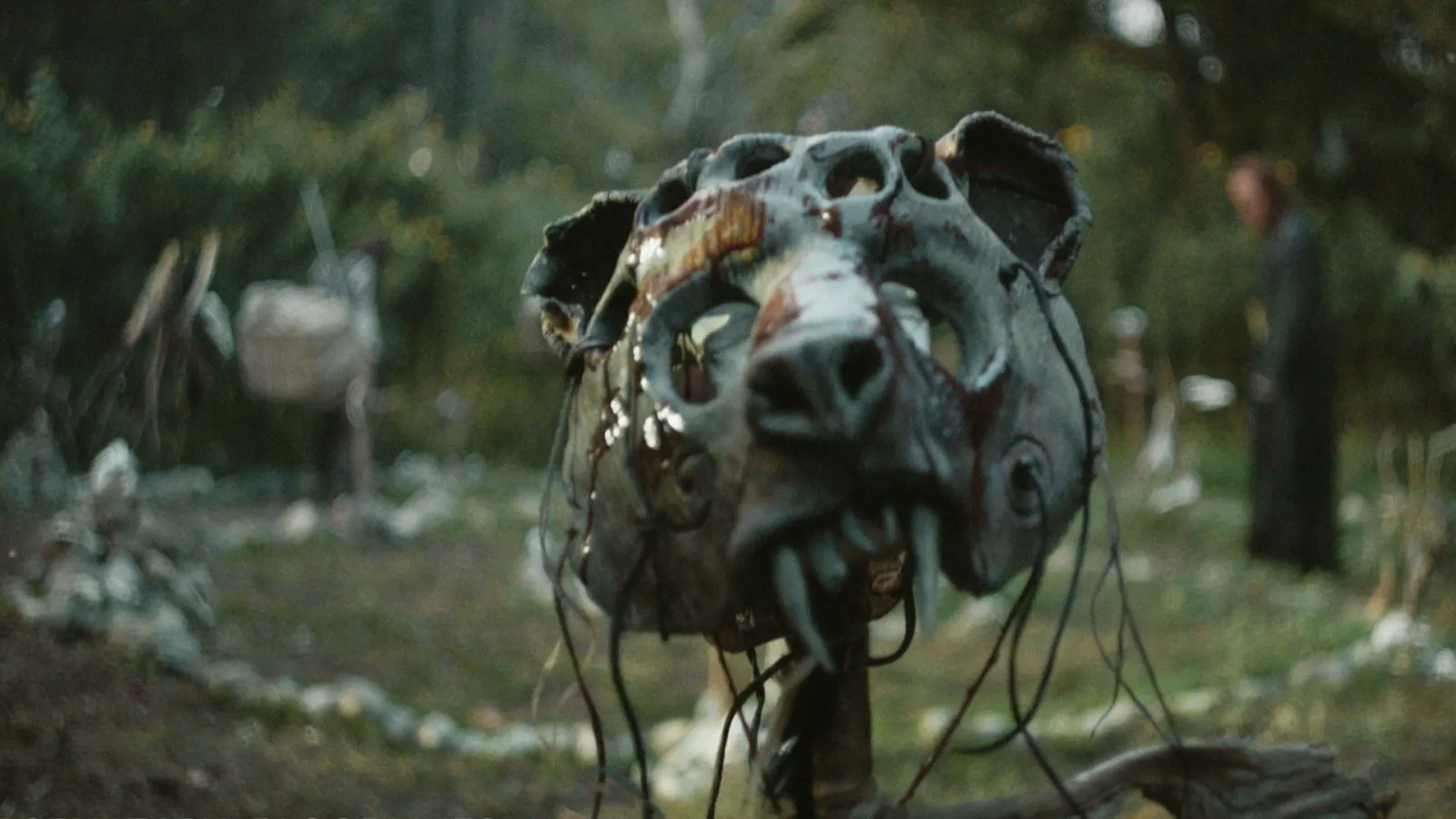In recent years, a trio of Stephen King adaptations graced our screens – a new take on “Firestarter,” “The Boogeyman,” and “Mr. Harrigan’s Phone.” Yet, none managed to truly resonate with fans of the master of horror. While the upcoming adaptations of “Salem’s Lot” and “The Institute” offer a glimmer of hope, history suggests that King’s literary genius often struggles to translate effectively to modern cinema. Filmmakers frequently attempt to “modernize” King’s stories, injecting contemporary social commentary, often overlooking the timeless essence of the inhabitants of his fictional Maine towns, who live by their own unique codes and principles. “Pet Sematary: Bloodlines,” released on Paramount+, serves as a prequel to the 2019 film, itself a direct adaptation of King’s iconic novel, albeit with some creative liberties. As anticipated, “Bloodlines” further expands upon the novel’s world, ultimately distancing itself from the source material.

Natalie Alyn Lind in “Pet Sematary: Bloodlines”
A Journey Back to Ludlow’s Dark Past
Set in the late 1960s, the film centers on a young Jud Crandall (Jackson White), eager to escape his small-town life in Ludlow with his girlfriend, Norma (Natalie Alyn Lind). However, their plans are derailed when a rabid neighbor’s dog attacks Norma. Meanwhile, Jud’s Vietnam veteran friend, Timmy (Jack Mulhern), returns home a changed man, and his father, Bill (David Duchovny), harbors a sinister secret.

David Duchovny as Bill in “Pet Sematary: Bloodlines”
Unraveling the Origins of Evil
“Bloodlines” earns its prequel title by delving into the events that transpired decades before the first film, essentially chronicling the backstory of Jud Crandall, the elderly neighbor who introduced Louis Creed (Jason Clarke) to the cursed burial ground. While the 2019 film wasn’t a critical darling and largely mirrored Mary Lambert’s initial adaptation, directors Kevin Kölsch and Dennis Widmyer sought to transform “Pet Sematary” into a trendy folk horror, building a sinister mythology around Ludlow and its residents. Director Lindsey Beer, succeeding Kölsch and Widmyer, follows a similar path in the prequel, delving deeper into Ludlow’s origins. We even encounter a reservation seemingly connected to the town’s central legend. “Pet Sematary” begins to develop its own lore, albeit constrained by the film’s runtime.

A Glimpse into the Darkness of “Pet Sematary: Bloodlines”
Trauma and Commentary: A Modern Twist?
Lacking the foundation of King’s novel, Beer attempts to incorporate a prevalent theme in contemporary horror: the metaphor of trauma. In “Bloodlines,” the ancient burial ground becomes a universal evil, reflecting hidden human fears and vulnerabilities. Beer draws parallels between the curse and the Vietnam War – a dark chapter in American history – which is a compelling idea, but its overtness diminishes its impact. The allegorical critique of war evolves into an explicit critique of colonialism, further distancing Beer from the novel and edging closer to blatant opportunism, which doesn’t necessarily enhance the film’s freshness or meaning. Ultimately, King’s original text explored themes of grief, fear of loss, and human helplessness in the face of mortality, which worked effectively in conjunction with the horror of a cemetery that resurrects the dead.
The toothless plot, marred by opportunism, isn’t salvaged by the production, which is largely devoid of decent special effects. This is likely due to the film’s modest budget and Beer’s creative limitations, who, despite the opportunities presented, chose to transform a horror story about sinister undead into a didactic drama about bad American colonizers.